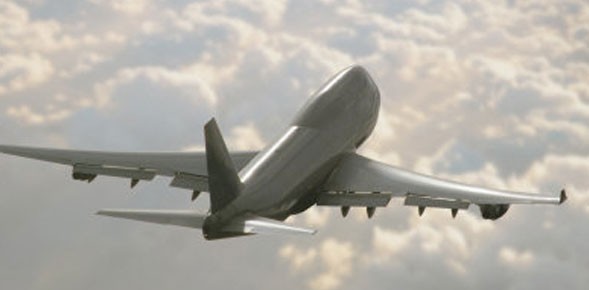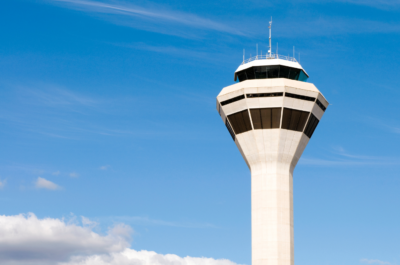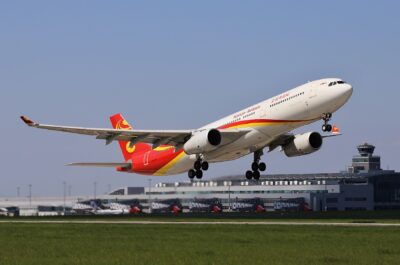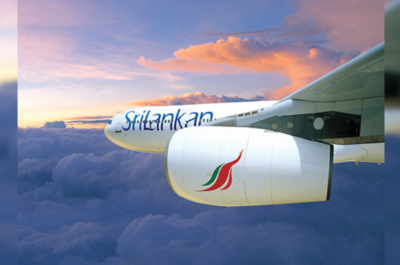China will account for nearly one in four additional passengers while India will become second fastest growing aviation market by 2016.
GENEVA – The International Air Transport Association (IATA) released an industry traffic forecast showing that airlines expect to welcome some 3.6 billion passengers in 2016. That’s about 800 million more than the 2.8 billion passengers carried by airlines in 2011.
These figures are revealed in the IATA Airline Industry Forecast 2012-2016. This industry consensus outlook for system-wide passenger growth sees passenger numbers expanding by an average of 5.3% per annum between 2012 and 2016. The 28.5% increase in passenger numbers over the forecast period will see almost 500 million new passengers traveling on domestic routes and 331 million new passengers on international services.
The emerging economies of Asia-Pacific, Latin America and the Middle East will see the strongest passenger growth. This will be led by routes within or connected to China, which are expected to account for 193 million of the 831 million new passengers over the forecast period (159 million on domestic routes and 34 million traveling internationally). Passenger growth within the Asia-Pacific region (domestic and international) is expected to add around 380 million passengers over the forecast period.
Through 2016, the United States will continue to be the largest single market for domestic passengers (710.2 million). In the same year, passengers on international routes connected to the United States will total 223 million, making it the largest single market for international travel as well. Reflecting the maturity of the United States market, growth rates (2.6% for domestic and 4.3% for international) will be well below the international average (5.3 % for international travel and 5.2% for domestic traffic).
Asia-Pacific passenger traffic is forecast to grow at 6.7% CAGR. Traffic within the Asia-Pacific region will represent 33% of global passengers in 2016, up from 29% in 2011. This makes the region the largest regional market for air transport (ahead of North America and Europe which each represent 21%).
“Despite the current economic uncertainty, expected demand for connectivity remains strong. That’s good news for the global economy. Growing air transport links generate jobs and underpin economic growth in all economies. But exploiting these will require governments to recognize aviation’s value with policies that do not stifle innovation, tax regimes that do not punish success and investments to enable infrastructure to keep up with growth,” said Tony Tyler, IATA’s Director General and CEO. Globally, aviation supports some 57 million jobs and $2.2 trillion in economic activity.
Asia is doing particularly well as four of the ten fastest growing markets for international passengers traffic are located on the continent: Kazakhstan leads at 20.3% CAGR, followed by Uzbekistan (11.1%), Azerbaijan (8.9%) and Cambodia (8.7%). However, no Asian countries will figure among the five largest markets for international passengers.
On the domestic front, Kazakhstan is also experiencing the fastest growth rate at 22.5% CAGR, adding 3.9 million passengers to the 2.2 million in 2011. India will have the second highest growth rate at 13.1% CAGR, adding 49.3 million new passengers followed by China’s with a growth rate of 10.1% or the addition of 158.9 million new domestic passengers. No other country is expected to experience double-digit growth rates over the forecast period. By 2016 the five largest markets for domestic passengers will be the United States (710.2 million), China (415 million), Brazil (118.9 million), India (107.2 million), and Japan (93.2 million).
Luc Citrinot a French national is a freelance journalist and consultant in tourism and air transport with over 20 years experience. Based in Paris and Bangkok, he works for various travel and air transport trade publications in Europe and Asia.










































































